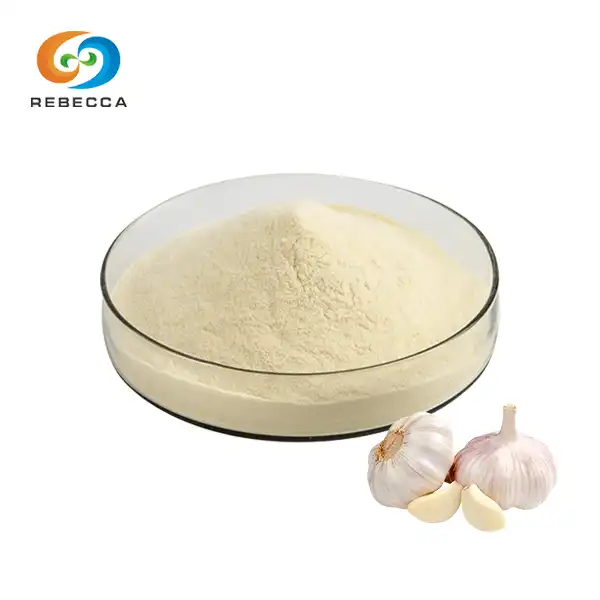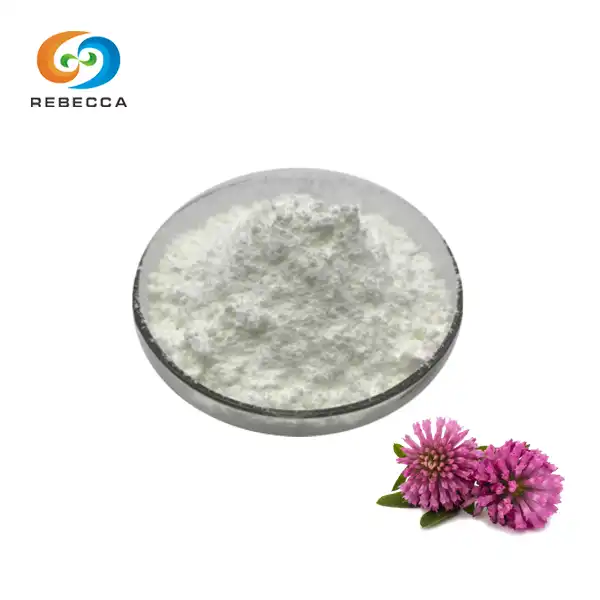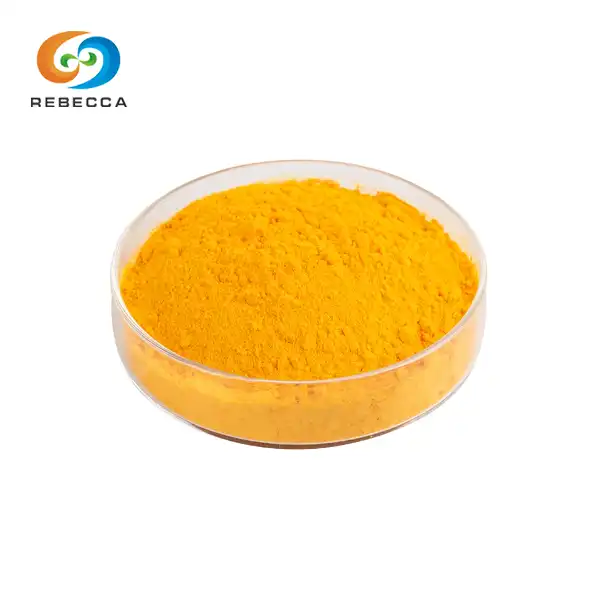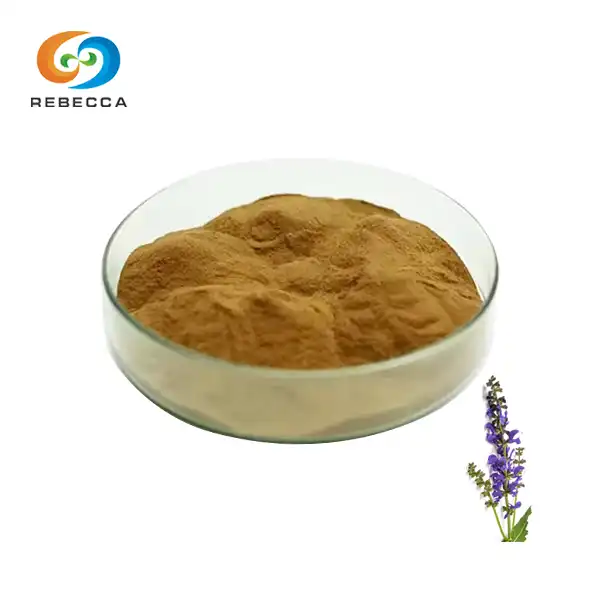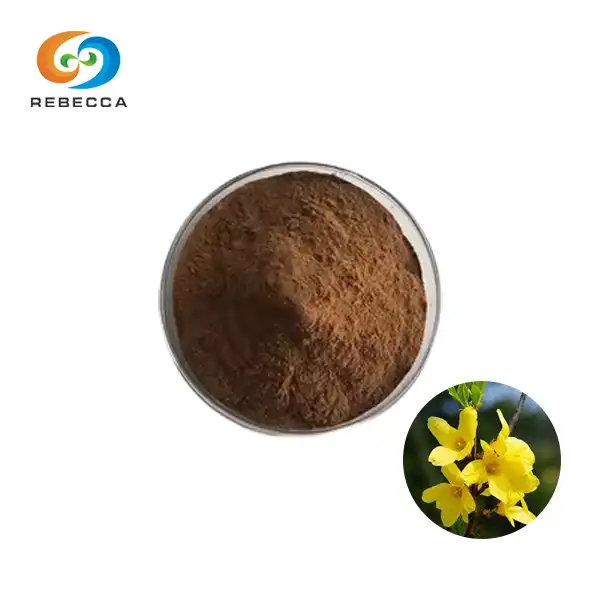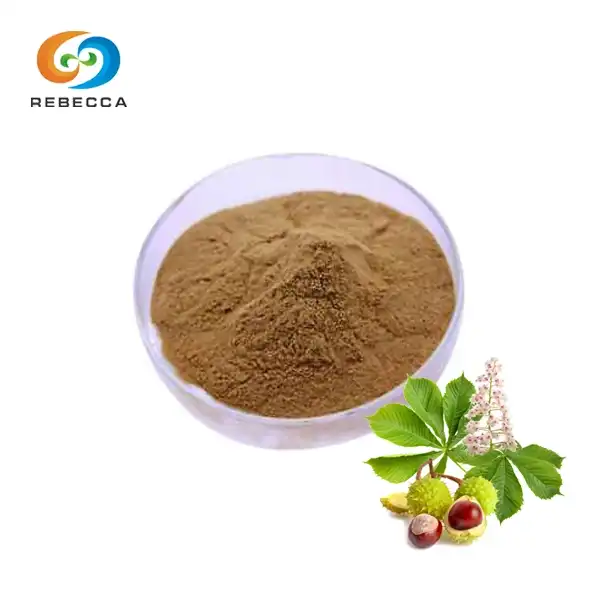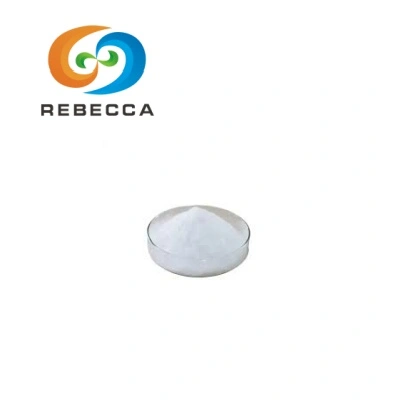Extraction Of Lycopene Powder
Lycopene powder has gained significant attention in recent years due to its potent antioxidant properties and potential health benefits. As a naturally occurring carotenoid pigment found primarily in tomatoes and other red fruits and vegetables, lycopene has become a popular ingredient in nutraceuticals, functional foods, and cosmetic products. In this comprehensive article, we'll explore the various extraction methods for obtaining lycopene from tomatoes, techniques to enhance its stability and bioavailability, and its wide-ranging applications in health and skincare products.

Different Methods of Lycopene Extraction from Tomatoes
Extracting lycopene from tomatoes efficiently while maintaining its quality is crucial for producing high-grade lycopene powder. Several extraction methods have been developed and optimized over the years, each with its own advantages and considerations:
Solvent Extraction
Solvent extraction remains one of the most common methods for obtaining lycopene from tomatoes. This process typically involves using organic solvents such as hexane, ethyl acetate, or acetone to dissolve and extract the lycopene from tomato tissues. The steps generally include:
- Preparation of tomato samples (drying, grinding)
- Mixing with the chosen solvent
- Agitation and incubation to allow lycopene to dissolve
- Filtration to separate solid residues
- Evaporation of the solvent to concentrate the extract
- Further purification steps if needed
While solvent extraction can be highly efficient, care must be taken to select food-grade solvents and ensure complete removal of any residual solvent in the final lycopene powder product.

Supercritical Fluid Extraction
Supercritical fluid extraction (SFE), particularly using supercritical carbon dioxide (SC-CO2), has gained popularity as a "green" extraction method for lycopene powder. This technique offers several advantages:
- No toxic solvent residues
- Operates at relatively low temperatures, preserving heat-sensitive compounds
- Highly selective extraction
- Easily adjustable parameters for optimized yields
In SC-CO2 extraction, tomatoes are typically dried and ground before being placed in an extraction vessel. CO2 under high pressure and controlled temperature acts as the extraction solvent, selectively dissolving lycopene and other desired compounds. The extract is then separated from the CO2 by depressurization.

Enzymatic Extraction
Enzymatic extraction methods leverage naturally occurring or added enzymes to break down cell walls and release lycopene from tomato tissues. This approach can be particularly effective when combined with other extraction techniques. Common steps include:
- Preparation of tomato puree or paste
- Addition of enzymes (e.g., cellulases, pectinases)
- Incubation under controlled conditions (temperature, pH)
- Separation of lycopene-rich oil phase
- Further purification and concentration
Enzymatic extraction can enhance yields and reduce the need for harsh solvents, potentially resulting in a more natural lycopene powder product.
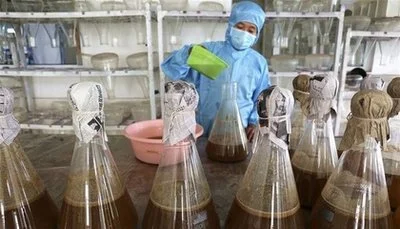
How to Enhance the Stability and Bioavailability of Lycopene Powder?
Lycopene is known for its sensitivity to light, heat, and oxygen, which can lead to degradation and loss of bioactivity. To ensure the quality and efficacy of lycopene powder products, several strategies can be employed to enhance stability and bioavailability:
Microencapsulation
Microencapsulation is a technique that involves encasing lycopene particles within a protective shell or matrix. This approach offers multiple benefits:
- Protection from environmental factors (light, oxygen, heat)
- Improved stability during storage and processing
- Enhanced dispersion in various formulations
- Potential for controlled release
Common microencapsulation methods for lycopene powder include spray-drying, freeze-drying, and complex coacervation. The choice of encapsulating material (e.g., maltodextrin, gum arabic, protein-based matrices) can be tailored to specific application requirements.

Antioxidant Synergy
Combining lycopene with other antioxidants can create a synergistic effect, enhancing overall stability and potentially boosting bioavailability. Some effective antioxidant combinations include:
- Lycopene + Vitamin E (tocopherols)
- Lycopene + Vitamin C (ascorbic acid)
- Lycopene + Other carotenoids (e.g., beta-carotene)
These antioxidant blends can offer improved protection against oxidation and may enhance the overall health benefits of lycopene powder formulations.

Nanoemulsion Technology
Developing nanoemulsions of lycopene can significantly improve its solubility and bioavailability. This approach involves creating ultra-small droplets of lycopene dispersed in an aqueous medium, typically using food-grade emulsifiers. Benefits of lycopene nanoemulsions include:
- Enhanced absorption in the gastrointestinal tract
- Improved stability in liquid formulations
- Potential for higher loading capacity in various products
Nanoemulsion technology can be particularly useful for incorporating lycopene powder into beverages, nutritional supplements, and topical formulations.

Health and Skincare Products
Nutraceuticals and Dietary Supplements
Lycopene powder is a popular ingredient in many dietary supplements due to its potential health benefits:
- Cardiovascular health support
- Prostate health maintenance
- Antioxidant protection against free radical damage
- Potential anti-inflammatory effects
Lycopene supplements are available in various forms, including capsules, tablets, and soft gels, often combined with other beneficial nutrients for synergistic effects.
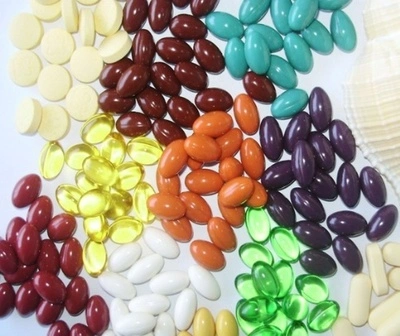
Functional Foods and Beverages
The food and beverage industry has embraced lycopene powder as a functional ingredient, incorporating it into products such as:
- Fortified juices and smoothies
- Nutritional bars and snacks
- Dairy alternatives (e.g., plant-based milk)
- Functional confectionery
Lycopene not only adds nutritional value but can also serve as a natural colorant in these applications.
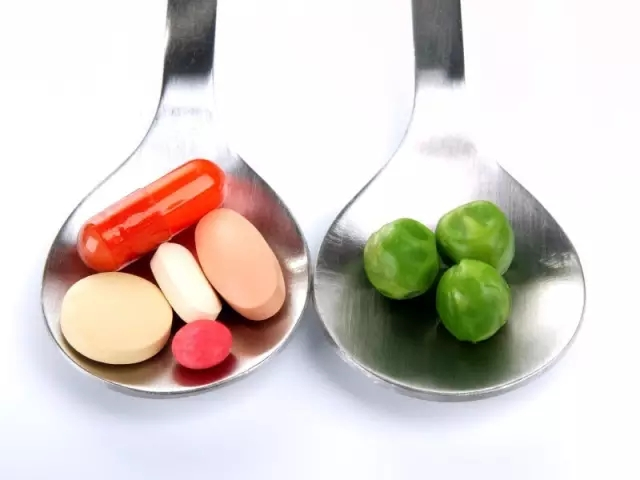
Skincare and Cosmetics
The antioxidant properties of lycopene make it a valuable ingredient in skincare formulations:
- Anti-aging creams and serums
- Sun protection products
- After-sun care
- Lip care products
Lycopene's ability to neutralize free radicals and potentially protect against UV damage has made it increasingly popular in the cosmetics industry.
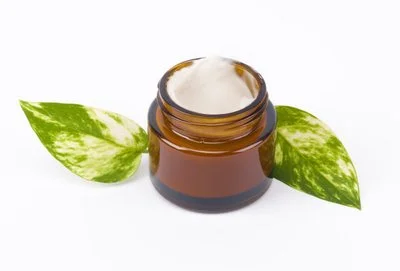
In conclusion, lycopene powder extraction, stability enhancement, and diverse applications showcase the immense potential of this powerful carotenoid. As research continues to uncover new benefits and innovative formulation techniques, the demand for high-quality lycopene is likely to grow across various industries.
For pharmaceutical, healthcare, beverage, and cosmetic companies seeking premium tomato extract and expert formulation support, Shaanxi Rebecca Bio-Tech Co., LTD offers unparalleled expertise in plant extracts and traditional Chinese medicine ingredients. Our state-of-the-art R&D facilities, experienced team, and stringent quality control measures ensure that we deliver top-tier lycopene powder products tailored to your specific needs. From cultivation to final processing, our GAP-certified operations guarantee consistent quality and reliable supply.
Ready to elevate your products with high-quality lycopene? Contact our team at information@sxrebecca.com to discuss your requirements and discover how our lycopene solutions can enhance your product offerings.
References
- Shi, J., & Le Maguer, M. (2000). Lycopene in tomatoes: chemical and physical properties affected by food processing. Critical reviews in food science and nutrition, 40(1), 1-42.
- Choksi, P. M., & Joshi, V. Y. (2007). A review on lycopene—extraction, purification, stability and applications. International Journal of Food Properties, 10(2), 289-298.
- Zuknik, M. H., Nik Norulaini, N. A., & Mohd Omar, A. K. (2012). Supercritical carbon dioxide extraction of lycopene: A review. Journal of Food Engineering, 112(4), 253-262.
- Goula, A. M., & Adamopoulos, K. G. (2012). A method for preparing a novel red-colored functional powder from tomato wastes. Food and Bioprocess Technology, 5(5), 1414-1426.
- Shu, B., Yu, W., Zhao, Y., & Liu, X. (2006). Study on microencapsulation of lycopene by spray-drying. Journal of Food Engineering, 76(4), 664-669.
